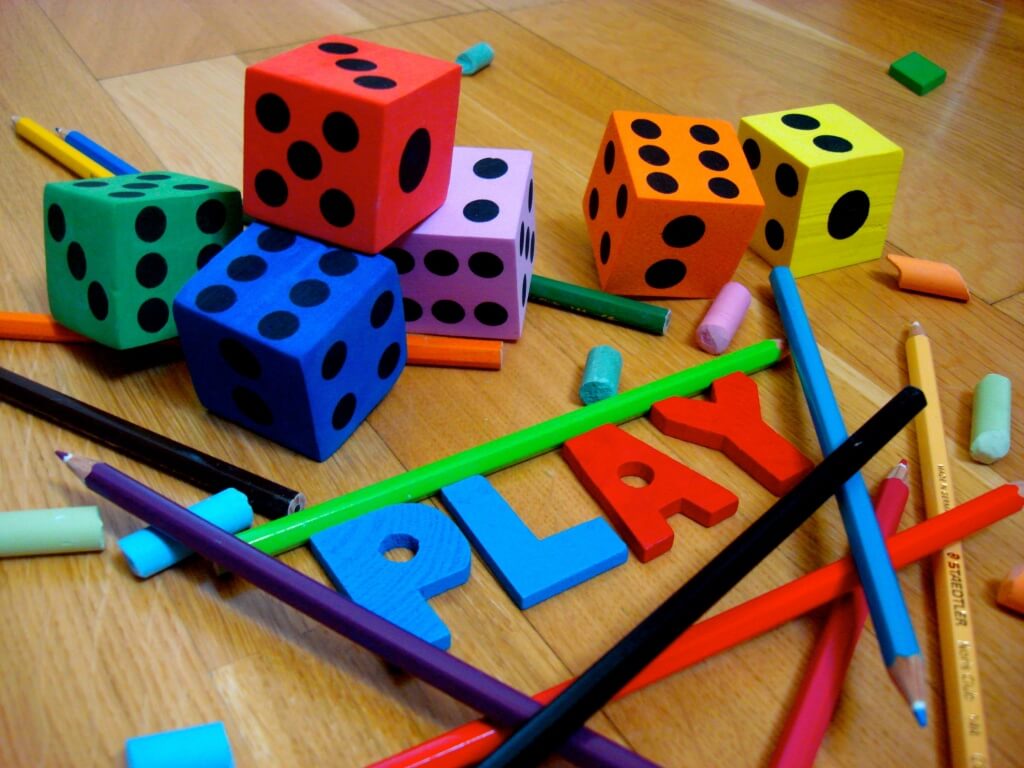Traditional teachers hold a common perception that all learning should be serious and solemn in nature and that if one is having fun and there is hilarity and laughter, it is not really learning.
However, the field of language teaching has seen a drastic change moving from the classic educational model, where teaching is deemed a ‘serious’ matter, to the most flexible and communicative approaches upon which contemporary methods are based.
Subsequently, a funny, low anxiety atmosphere in the classroom has become a prerequisite to effective learning. One of the best ways of inducing this atmosphere is through games. Many experienced textbook and methodology manual writers have argued that games are not just time-filling activities but have a great educational value. For this reason, they should be treated as central, not peripheral to the foreign language teaching.
There are so many games a language teacher can explore: Running Dictation, Hot-Seating, Guess Who, Circumlocution, Spelling Bee, Hang Man, Bubbles and many others that can be accessed from the internet. These games can be used differently depending on the content being taught and the level of learners. They are most effective in primary schools and basic language classes.
As a matter of fact, while playing games students develop a variety of connections with the content and can form positive memories of learning. The fun, silly or interesting moments tend to stand out in students’ memory and they latch on to the vocabulary/structures they are studying. A positive emotional connection can facilitate learning. Furthermore, many games feature a variety of different stimuli; some students might remember the vocabulary words from acting them out, others remember reading the clues, and other students remember hearing classmates call out answers. Hence, games can surely provide a variety of sensory experiences for students.
Games equally grab students’ attention and actively engage them. Because students really enjoy playing games, it is a good way to focus their attention and actively immerse them in English. This can be especially useful in a wide variety of ways. For example, after a lunch break, students sometimes have trouble settling down and returning to class. A game allows students to quickly engage and transition back to the content they were working on.
Games also provide a context for engaging practice. As a language teacher, I know students need a lot of practice to internalize important vocabulary and structures. However, for the practice to be meaningful, students must be engaged (and let’s be honest, countless workbook pages or textbook exercises are not always highly engaging!).
Similarly, through games, students can learn a variety of important skills. There are countless skills that students can develop through game playing such as critical thinking skills, creativity, teamwork, and good sportsmanship. Games like “Guess Who” or “Circumlocution” are very effective not only in developing the above skills but also widening vocabulary and spelling skills.
Nevertheless, it must be firmly pointed out that games can be time wasting and may hinder the completion of syllabi if the teacher does not use them effectively. Games are not the lesson but aids to the lesson. Lazy teachers should not use them as an excuse not to teach. Further still, if not well organized, a teacher may face a terrible classroom management crisis with large classes. They require good planning and creativity.
In conclusion, like any other classroom activities, games have disadvantages; but when effectively employed, students can be able to understand/remember a new concept or idea, take on a different perspective, or experiment with different options or variables. Simply put, they make learning practical and, of course, learner-centred. What a better way to learn!



